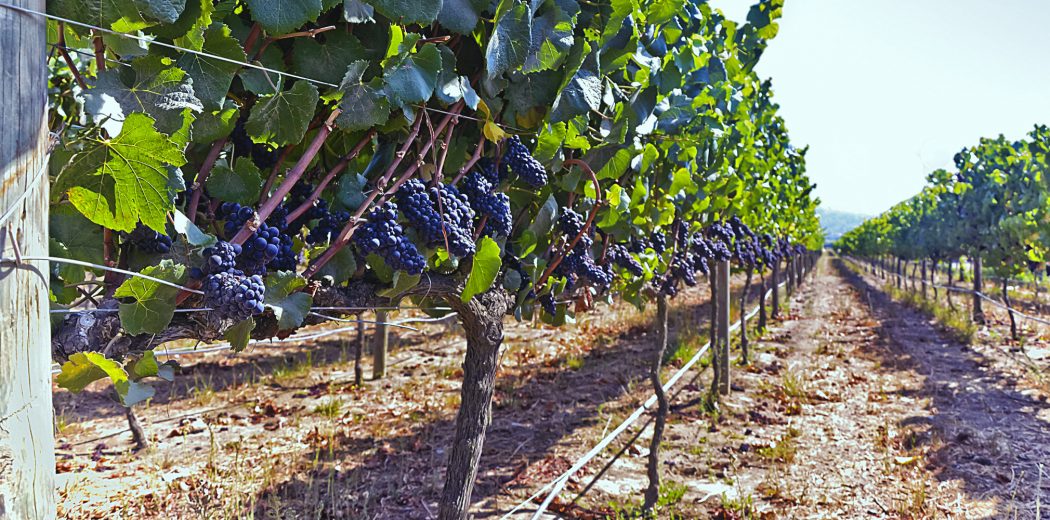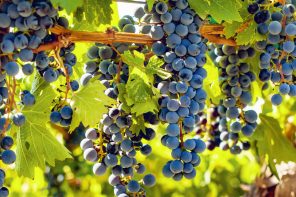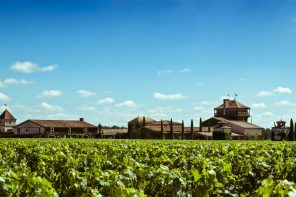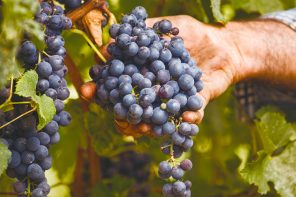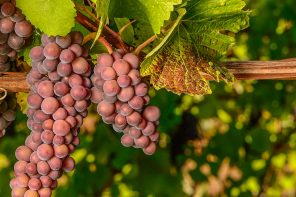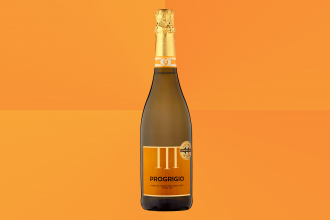Chile may be famous for its world-class Cabs, but if anything, Carménère is its signature wine. Chile’s trademark red has roots that stretch across time and an entire ocean, back to pre-phylloxera France. In truth, Carménère is one of the Bordeaux family of grapes; Cabernet Franc is one of its parents, making it a half-sibling of Cabernet Sauvignon and Merlot.
Like some of its fellow Bordelais grapes, Carménère shows those classic bell pepper aromas and flavors courtesy of its high pyrazine content. How high? It holds the title of having the highest pyrazine content out of the Bordeaux bunch, which it gets from Cabernet Franc showing up twice in its family tree. Strange as it sounds, Cab Franc is both Carménère’s parent and great-grandparent.
In terms of Carménère in France, during the halcyon days before the arrival of phylloxera, it was planted in Bordeaux, particularly in Graves and Pessac-Léognan. Bordeaux is blending country and it should come as no surprise that Carménère was mostly reserved for that purpose, rather like Petit Verdot today.
From the perspective of the Bordelais winemakers of yore, Carménère would have posed a host of viticultural problems. The grapes benefit from a long growing season and need plenty of sunshine and warmth to fully ripen – two things which aren’t always consistent in Bordeaux. The region has a maritime climate, so there’s plenty of potential for rain. And if exposed to excessive rain, Carménère vines may experience coulure, when flowers fail to develop into grapes. The result? Lower yields.
During the growing season, too much rain means Carménère will tend towards being excessively green and will create rather unpleasant wines. On top of all this, it’s prone to certain fungal diseases. Basically, growing Carménère in Bordeaux was a hassle. If there was one silver lining for the Bordelais winemakers after phylloxera, it was that they could replant their vineyards in whatever ways they chose – which in most cases, notably excluded Carménère in favor with more disease-resistant grapes. And so for a long time, the variety was largely thought to be extinct. To this day, it’s virtually unheard of in its homeland.
Fast forward to the 1990s, Chile. Winemakers were cultivating what they believed to be a late ripening clone of Merlot, using cuttings taken from old pre-phylloxera vines. These vines dated back to the mid 19th-century influx of immigration. During this period, hordes of Europeans resettled in South America, Chile included. These settlers brought European vinifera vines with them and began to grow and propagate vines throughout the country. During the ’90s Chilean wine revolution when the country began to make a big name for itself on the world stage, these “Merlots” were met with great success. Yet as time went on, people started to wonder about these vines which were so very different than classic Merlot.
It took the attention of ampelographer* Jean-Michel Bourisqout to correctly identify Carménère and see this so-called Merlot rightly reclassified. And overnight, a grape once thought to be completely extinct was reintroduced to the world.
Today, Chile’s best Carménère is grown and produced in the Valle Centrale. Maipo, Rapel and Curico Valleys. Outside of Chile, Carménère is grown in vineyards across Italy’s Veneto and Friuli-Venezia-Giulia regions, as well as China, where it’s known as Cabernet Gernischt. In yet another case of mistaken identity, Gernischt was believed to be a clone of either Cabernet Franc or Cabernet Sauvignon. DNA testing put that idea to rest.
While it may be a bit of a nightmare in the wrong climate, in places like Chile and Italy, with their long growing seasons and drier weather, Carménère can be a thing of beauty. Style-wise, Carménère shares plenty of similarities with its Bordeaux family members. Like Merlot, it’s loaded with red fruit and has that famous green pepper like Cabernets Sauvignon and Franc. It’s spicy, earthy, with smoother, more approachable tannins than Cab Sauv. If you’re in the mood for something to warm you up this winter, Carménère is definitely a good candidate.
*An ampelographer is someone who studies, classifies, and identifies grapevines.

